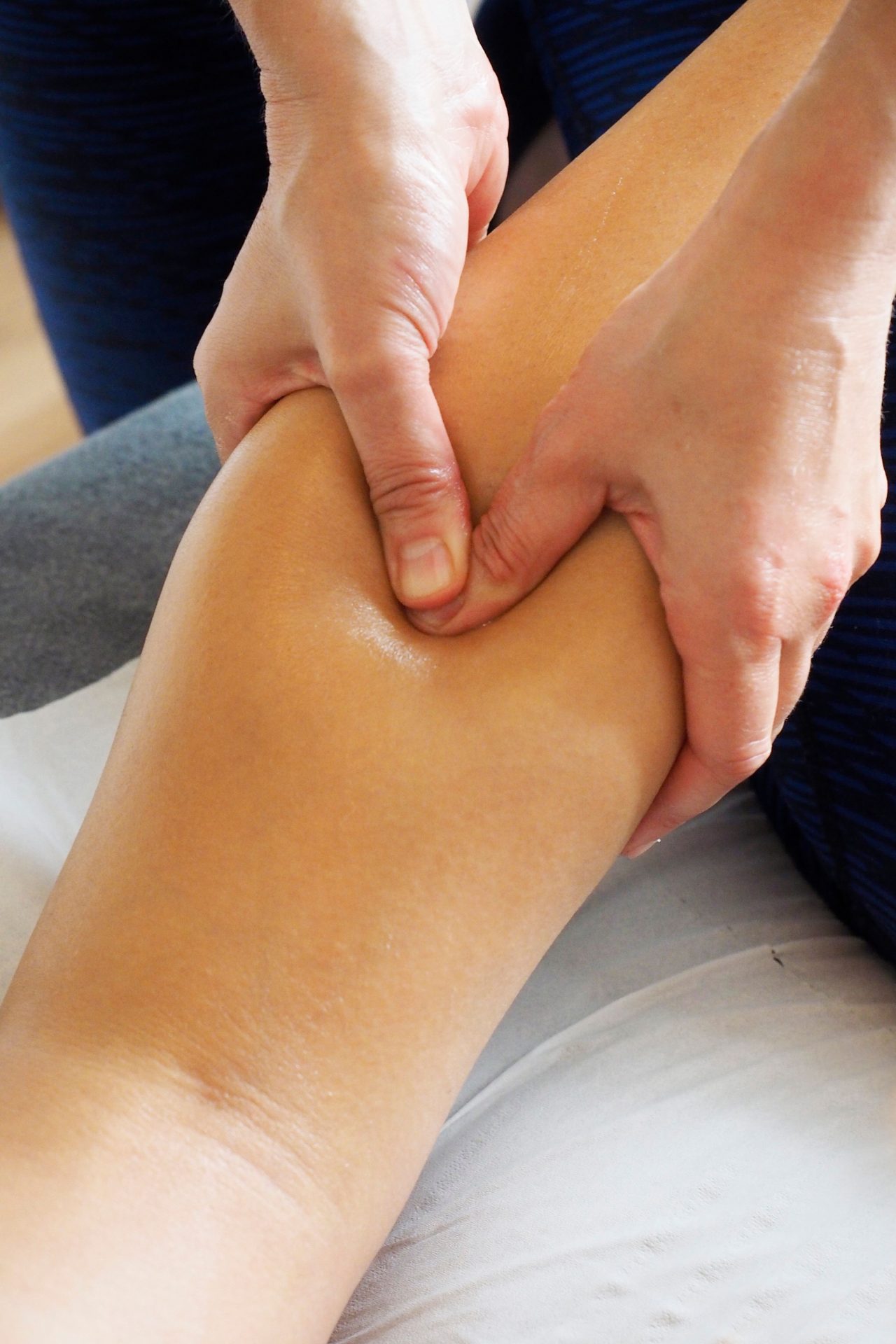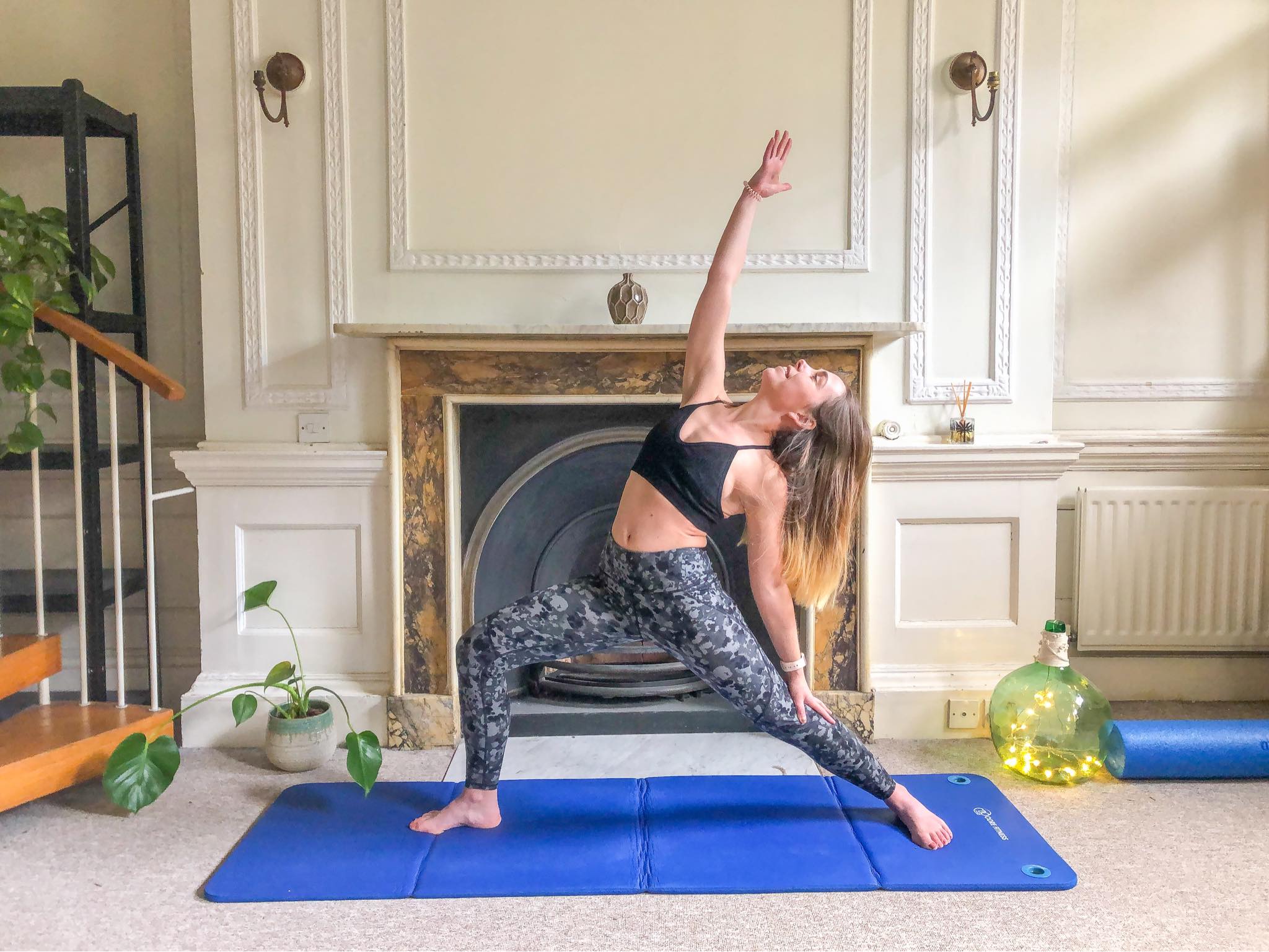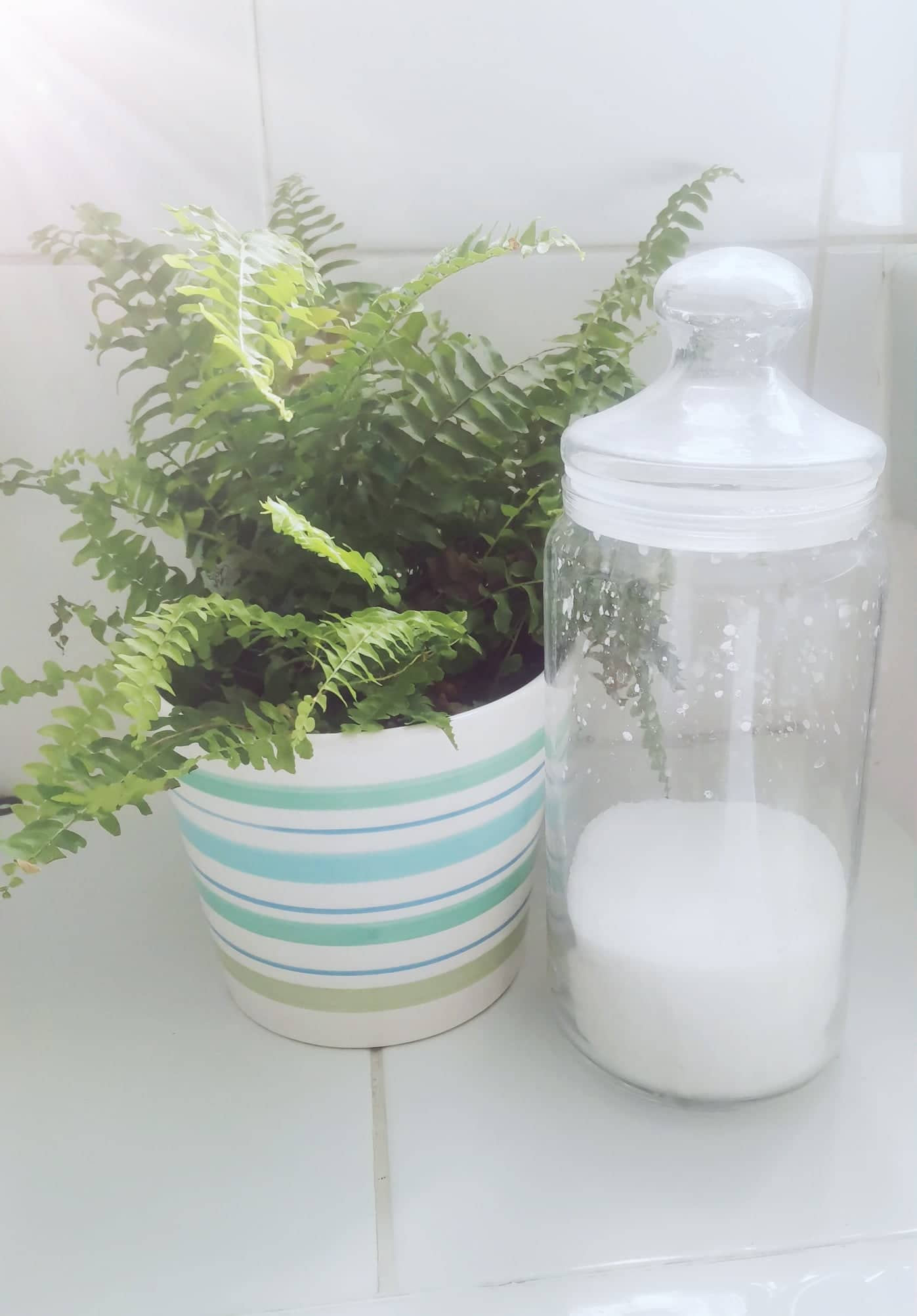“I tried 5 common muscle recovery techniques and here’s what really works”
When it comes to managing DOMS, there are any number of techniques available – but which one works best? Soft tissue therapist Anna Gardiner tries and rates five of the most common muscle-relaxing methods so you don’t have to.
There are a number of different methods for combatting the dull ache of delayed onset muscle soreness (DOMS), with fitness influencers and professionals swearing by everything from taking ice baths to massage guns. As a soft tissue therapist, I often find myself treating many clients who tend to be pretty gung-ho with their training – going hard on the workouts without spending enough time thinking about recovery.
For the past few weeks, I’ve been reviewing the literature and studies on each muscle relaxing strategy and have tried them all myself in order to help my clients make the most informed choices when it comes to recovery. After all, no one wants to jump into an ice bath if it’s not going to dramatically help ease the pain, do they?
You may also like
Heat treatments for muscle recovery: are cryotherapy and sauna worth it?
DOMS is a normal response that your body has when your muscles have worked harder than they are used to. It typically occurs one or two days after the exercise, and can last for up to five days – with the intensity of pain and discomfort varying.
That aching happens when the body is challenged in a new way – whether that’s by increasing the volume, dialing up the intensity or increasing the duration of training. You’ll probably get DOMS too if you try a totally new workout or sport that requires your muscles to be used in ways that they haven’t yet adapted to.
When that happens, your muscles get minute tears. Then the body’s defence system – the inflammatory response – rushes to the site and starts the repair process which produces the symptoms of DOMS – discomfort, swelling or inflammation, and temporary loss of muscle strength.
Physiotherapist Kate Mockford tells Stylist: “It is important to remember that DOMS isn’t a negative factor of exercise but actually a very important one; the adaptation process that your muscles are undergoing will eventually lead to better muscular strength and endurance. They have to break down a little in order to repair and build up stronger than they were previously.”
With that in mind, it’s worth mentioning that any attempts to alleviate DOMS should only be focussed on making day-to-day living more bearable (like walking down the stairs) and not an attempt to prevent the inflammatory response itself. So, here’s how I got on with trialling the five most common pain-reducing techniques.
Massage therapy and foam rolling
Obviously, I’m a big advocate for sports massage as it’s a key element of my profession. Foam rolling is occasionally seen as a substitute if you can’t get to a good soft tissue or sports massage therapist and although I find foam rolling extremely uncomfortable, others swear by it.
However, the science behind both in helping with DOMS doesn’t quite stack up. Claims that foam rolling can help with muscle alignment, reducing inflammation and flushing out lactic acid (which isn’t actually a ‘thing’!) simply aren’t true according to the current research.
One 2019 study from Frontiers in Physiology concluded that the effects of foam rolling on recovery are “rather minor and partly negligible but can be relevant in some cases”. Instead, it went on to say that there was more evidence to justify foam rolling being used as a warm-up tool rather than for recovery.
There is growing evidence to suggest, however, that by acting on the nervous system, manual therapy reduces the intensity of pain felt with DOMS and this was backed up by a study published in the British Journal of Sports Medicine.
Personally, I sleep better post-massage. When you go to bed in a state of increased relaxation, you tend to recover better (we know that the body does a lot of repairing during sleep) and have a lot less cortisol washing around the system.
Evidence:2/5
Opinion: 4/5

Ice baths
Ice baths have been popularised by elite athletes and Wim Hof who champion immersing themselves in freezing cold water of below 15°C. The idea is that the cold temperature will reduce inflammation, prevent tissue damage, cause blood vessels to constrict (which supposedly helps to flush lactic acid from tissue), and reduce swelling.
Unfortunately, advocates may have been putting themselves through it for not much gain. There’s a lack of good-quality evidence to back up these claims (one review of 17 small trials found “some evidence that cold-water immersion reduces muscle soreness” but it admitted that the findings were ‘limited’). At best, having an ice bath might help with temporary pain relief but it’s also possible that an ice bath could be interrupting the inflammatory response which is absolutely necessary for muscle repair after a hard workout.
In the interest of trying all strategies impartially, I duly lowered myself with gritted teeth into a chilly bath after a particularly overzealous arm and core workout. Anyone who has tried to sit in an ice bath will appreciate just how uncomfortable it can be – and how tough it is to fight against the urge to climb out instantly.
I didn’t even benefit from a placebo effect (believing that the pain must, in some way, equal effectiveness). It hurt and as such, I’d take 48 hours of severe DOMS over another cold bath any day.
Evidence:1/5
Opinion: – 1/5
Compression socks
Compression socks are often worn by runners as a means of extra support for the calf muscles and to help with blood flow to that site. They’re also often used as a form of recovery post-exercise.
The theory is that the compression will cause the arteries to dilate and therefore, more oxygenated blood and other nutrients can travel around the body. Under compression, veins constrict which allows the quicker return of deoxygenated blood and lactic acid back to the heart – increasing the rate of recovery.
A review of various studies in 2015 indicated that compression did reduce swelling, and suggested that there was a faster return of muscle function after exercise. The conclusion indicates that compression may aid in the recovery of exercise-induced muscle damage although, again, the findings are only cautiously in favour.
Part of the problem is that there is ‘optimal’ compression which is subjective and difficult to quantify.I’d previously used compression sleeves for rehabilitation of calf injuries but not as a means of alleviating DOMS and this time, I found the socks annoying. It’s possible that having them on for a couple of hours did help reduce some discomfort but wearing them in hot temperatures was jarring.
Evidence: 2/ 5
Opinion: 2/ 5
Stretching/yoga/pilates

When I originally trained to become a therapist, we were taught to encourage athletes and fitness people to stretch after exercise. Pilates and yoga are obviously multifaceted but stretching is a large part of their ethos and is synonymous with helping to return ‘tight’ or ‘shortened’ muscles post-exercise to their normal resting length.
Pilates teacher and dancer Lauren Macmillan explains: ‘The aim is to help loosen tightened and constricted muscles using a multitude of different pilates movements.”
Personally, I find stretching using pilates and yoga moves after a run does make a difference to how tight and comfortable my muscles feel and I believe that stretching aids in my recovery. Unfortunately, the existing science doesn’t believe in stretching as much as I do; there is no evidence to suggest that stretching makes any clinically important reductions when it comes to DOMS. But if it feels good to you, then stretch and flow to reap other benefits, including stress reduction, improved sleep, greater flexibility and strength and overall wellbeing.
Evidence: 0/ 5
Opinion: 4/ 5
Epsom salts
There’s nothing like a bath to relax your aching body and Epsom salts are often promoted as providing extra healing benefits. The salts break down into magnesium sulfate and advocates suggest that the body takes them in through the skin (magnesium being one of the key minerals involved in the recovery process and one that can apparently be topically absorbed).
Sounds good, right – a mineral that you can absorb by lying in the bath? Well, the University of Delaware suggests that maybe the idea may be too good to be true. That said, having a hot bath has plenty of proven health benefits, with a study from the University of Coventry suggesting that it has certain similar health benefits to those of aerobic exercise. When it comes to DOMS, however, there’s no evidence to suggest Epsom salts can help.
Evidence: 0/ 5
Opinion: 1/5

This might all sound a bit disheartening – I discovered that there isn’t a stand-alone fix. Even when science has suggested some positive indications, the efficacy of scientific studies and evidence is poor, with researchers often using low-quality trials and small sample sizes.
However, there is a very good argument for the placebo effect; if you believe that something works for you, then that is half the battle. If you feel more lengthened and flexible after pilates/yoga and stretching, then you will have more freedom of movement – which will make you feel looser.
If you feel more relaxed after an Epson salts bath then, again, your muscles and fascia will feel more comfortable, and the same goes for booking a massage. Ultimately, careful progression of training is what is most likely to mitigate the likelihood of DOMS, as is time and a combination of the methods outlined above.
For more relaxation techniques, workout tips and healthy recipes to aid recovery, visit the Strong Women Training Club.
Images: Anna Gardiner/Getty
Source: Read Full Article
